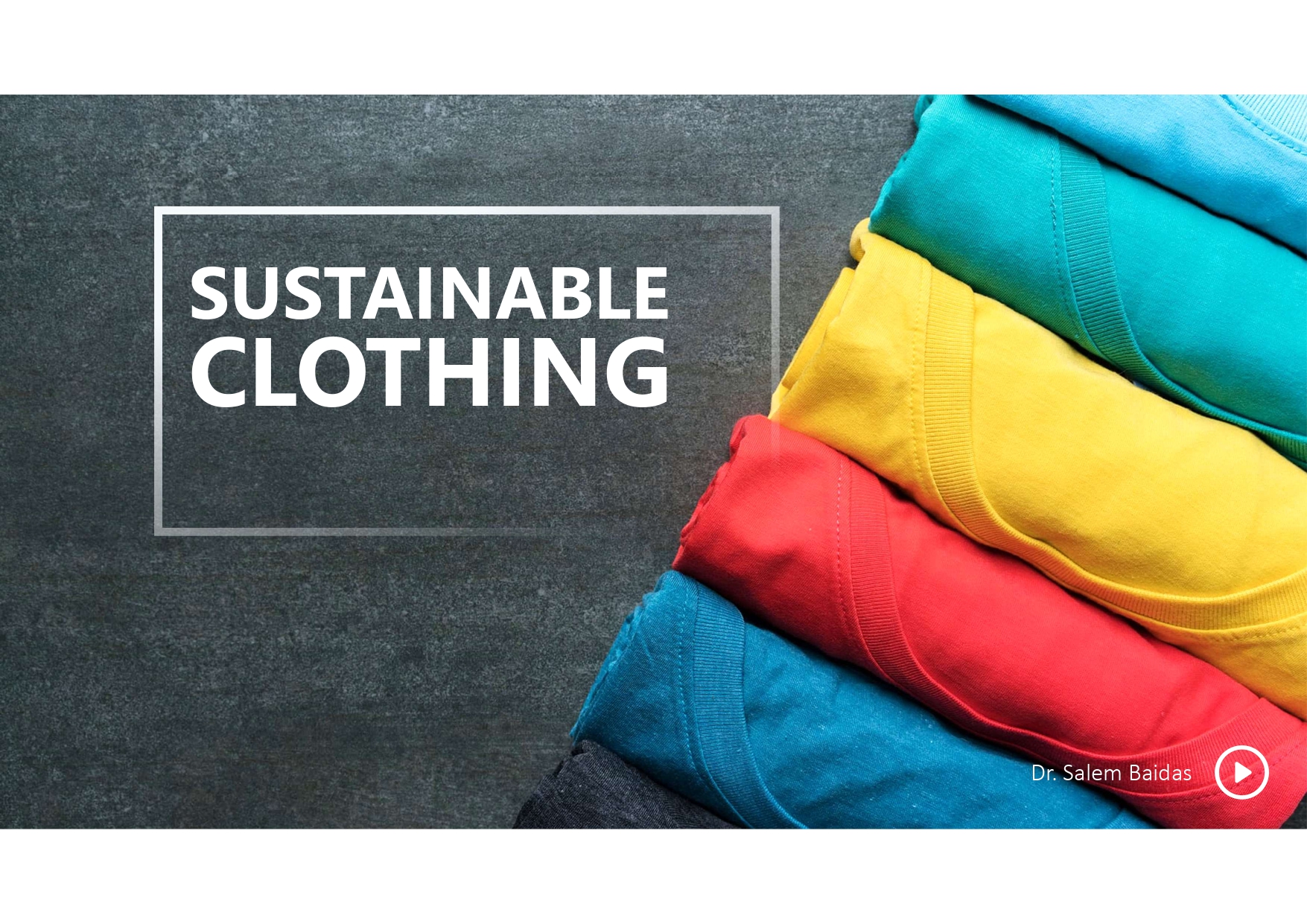Sustainable Clothing
April 2024 – Sustainable Clothing is a type of clothing that is designed, manufactured, marketed, worn, and recycled with minimal impact on the environment such as reduced waste, carbon emissions and energy consumption. Sustainable clothing offers many benefits, including reduced resource and energy costs, increased revenue, reduced environmental impacts, and enhanced climate change mitigation. However, there are challenges facing the sustainable clothing industry, such as the high initial cost of natural, chemical-free fabric, compatibility issues regarding special clothing requirements, lack of consumer awareness, and lack of policies and regulations. In 2018, at the Fourth United Nations environment assembly in Kenya, the UN alliance for sustainable fashion initiative was adopted to promote projects and policies that align the sustainable fashion value chain with sustainable development goals and directly supporting SDG12: Ensure sustainable consumption and production patterns.
In this slideshow, you will learn about the definition, features, benefits, advantages, challenges, solutions, UN policy, and global statistics of Sustainable Clothing and Sustainable Fashion.























![Chart titled "general challenges worldwide by the clothing industry [2023]" listing challenges like environmental impacts (14%), human rights (13%), climate strategy (11%), and health & safety (4%).](https://s2adesign.com/wp-content/uploads/2024/04/Sustainable-Clothing-Slideshow-12-4-24_Page_23.jpg)

















